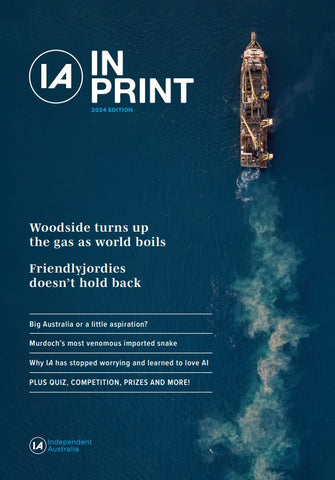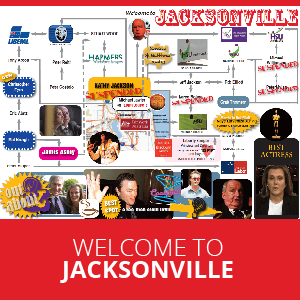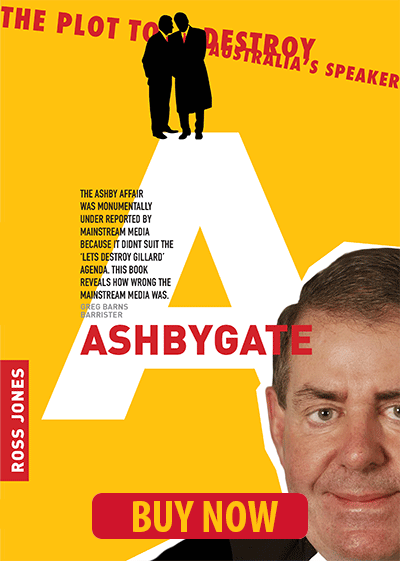A fall at work, a rear-end crash, or a faulty product can upend your plans and income.
Medical appointments multiply, paperwork grows and time limits start running before most people realise. Good outcomes usually follow good preparation, clear records and steady choices made early.
Many Australians manage first steps alone, then call a lawyer once claims become complex or disputes appear. Firms with long experience, including Attwood Marshall, speak daily with people trying to balance treatment, work duties and insurance paperwork.
Whether you brief a firm or not, the right process improves results and reduces stress.
Start with facts and timeframes
Write down a short timeline while details are still fresh and documents are easy to gather. Note dates, locations, people involved and every appointment made since the incident. Small facts help later when insurers ask for precise descriptions during claim reviews.
Check relevant limitation periods before anything else, because missing a deadline can end claims. Time limits vary by state, injury type and whether a claim involves motor accidents or work injuries.
Mark the earliest possible deadline in a calendar and build your plan backwards from that date.
Ask your treating doctor for a plain injury summary you can share with any insurer or tribunal. Keep receipts, referral letters, imaging reports and treatment plans together in one folder or secure cloud drive.
Update the file weekly so you avoid searching through emails when forms arrive.
If you are uncertain which clock applies, contact a community legal centre for free initial guidance. Many services publish checklists covering common claims and required documents. This early review can prevent simple mistakes that later cost time and negotiating power.
Know which scheme applies to your situation
Compensation rules differ across work injuries, motor accidents, public liability, medical negligence and product faults.
The pathways, evidence rules and medical assessment panels for each pathway can be quite different. Identifying the right scheme early saves rework and avoids filing in the wrong place.
Workers injured at work or because of work usually start with their employer or the insurer. That process often includes a notice to the employer, a claim form, medical certificates and return-to-work planning.
Independent assessments can occur later to resolve disputes about capacity or permanent impairment ratings.
People hurt on the road usually claim against the compulsory third-party insurer for the at-fault vehicle.
States use different forms and thresholds for early treatment support or longer-term damages. You might face early decisions about treatment approval, fault, contributory negligence and separate loss categories.
Public liability claims cover hazards in shops, footpaths, carparks and similar places where duties of care exist. Injured people must show the hazard, the duty, the breach and the damage from the incident.
Early photos, witness details and incident register entries often decide whether liability is accepted or denied.
For an overview on worker compensation principles and state links, Safe Work Australia provides helpful material for claimants and employers. It outlines common duties, injury reporting steps and guidance on assessments across jurisdictions.
Build evidence that carries weight
Evidence decides claims, so collect it methodically even while you focus on treatment and work duties. Start with medical records and progress notes, because they show that symptoms are real and consistent.
Add proof of lost income, caring costs, travel costs and any home modifications you must fund.
Number your records and create a short index that lists date, author and purpose in one line. Attach the index on top whenever you share a bundle with an insurer or a medical specialist.
A clean pack reduces delays and helps reviewers find what they need without repeated requests.
Photographs help when they show hazards, bruising, swelling, or mobility aids used after an injury.
Keep original files and do not edit timestamps, because insurers often check metadata for accuracy. If a business completed an incident report, ask politely for a copy and store it with your notes.
- Ask your doctor early about any likely scans, because imaging results often drive treatment and assessment timing.
- Book specialist reviews in advance, since appointment queues can be long during busy seasons and holidays.
- Keep a symptom diary, because consistent notes can support pain descriptions that are difficult to prove otherwise.
Cost, funding and settlement smarts
Before signing any cost agreement, ask for a written explanation of fee structures and likely disbursements.
Request examples showing how fees change if a case resolves early or proceeds to a hearing. Clarify whether you must pay for medical reports as they are ordered or only at settlement.
Many injury matters use conditional fee arrangements with cost caps shaped by state laws and court scales. Some matters include uplift fees that apply if a case runs to trial or complex hearings.
Ask about these early and ask for a sample invoice showing the calculation across different scenarios.
Settlement timing is a strategic choice, not simply a date on a calendar. Early offers can be attractive when income is tight, but they may undervalue ongoing care. Late settlements may bring fuller evidence, yet carry added costs, uncertainty and months of waiting for results.
If your injury relates to federal employment or licensed industries, Comcare publishes scheme information for workers and agencies. It explains claims processes, medical evidence requirements and review mechanisms within the federal jurisdiction. See Comcare for current scheme details and links to forms.
When to get help and how it works
People often ask whether they should involve a lawyer early or wait until trouble appears. Early advice can prevent missteps and frame evidence for later negotiations or independent assessments.
Late advice can still help, though options might be narrower and deadlines closer than expected.
Experienced firms handle notices, claim forms, subpoenas and expert briefs every day across multiple jurisdictions. They also coordinate expert opinions, earnings evidence and settlement conferences that require careful preparation.
This frees injured people to focus on treatment and work capacity while paperwork moves forward accurately.
If you engage a firm, ask who will run your file and how you will receive updates. Weekly or fortnightly updates keep momentum and help you prepare documents for the next step.
Clear communication also reduces duplicated tasks that raise costs without improving outcomes or timelines.
Many people start with a short phone call or an initial meeting to map the road ahead. Bring your timeline, document index and list of appointments so the meeting is efficient. With the groundwork prepared, you can choose what to do next with greater confidence.

Bringing it together for better outcomes
Claims succeed more often when facts are recorded early, deadlines are met and evidence is organised.
Choose the correct scheme, gather medical proof, track costs and think carefully about settlement timing. If you need support, brief a firm with strong injury experience so your case advances methodically.










